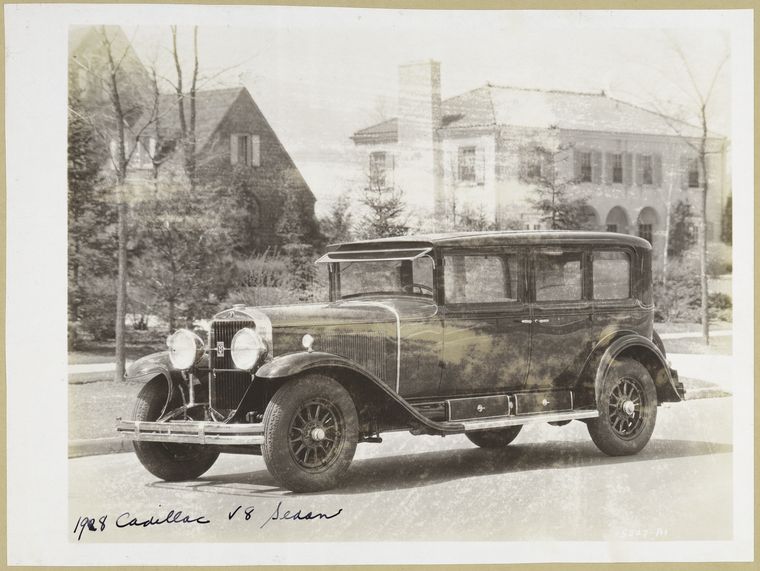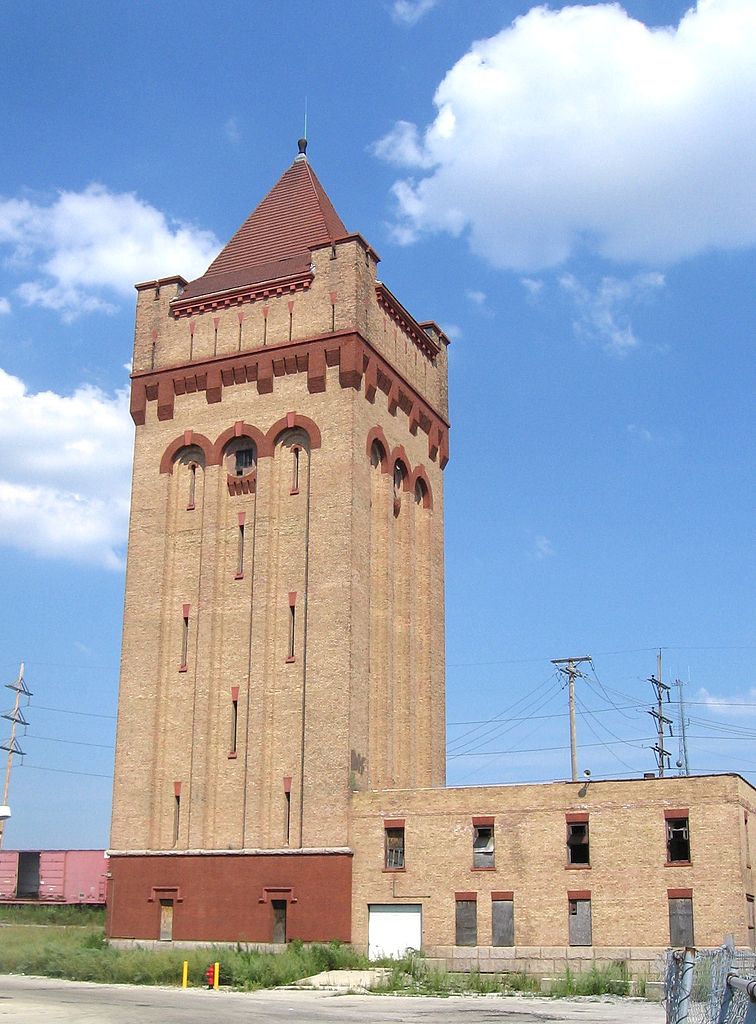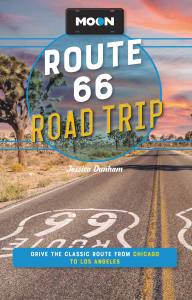Route 66: Al Capone’s Influence in Cicero, Illinois

According to sociologist James Loewen’s Sundown Towns, there were more than 450 “sundown” counties in Illinois. Sundown towns were all-white communities with signs posted at their borders warning African Americans to leave town before sundown. Cicero was a sundown town. In 1951, during the heyday of Route 66, 3,500 whites rioted against a black man for trying to rent an apartment in town. Four hundred and fifty National guardsmen and 200 Cook County police offers were called in to mitigate the violence.
Capone came to Chicago in 1921 to manage the Four Deuces Club, casino, and bordello. During the 1924 municipal elections, Capone turned the town of Cicero into a war zone: He bullied voters, kidnapped pollsters, and threatened news reporters into voting for the people who supported his criminal behavior. It’s hard to believe that Al Capone spent less than 10 years ripping and running through Chicago streets, but Capone’s brazen, ruthless, and outrageously violent behavior left such an indelible mark on the city that many people believe it lasted longer than it did.
Sights
Castle Car Wash
The 1925 Castle Car Wash (3801 W. Ogden Ave. at S. Hamlin Ave.) is a castle-shaped building with a brick-laced turret that was built by Louis Ehrenberer. Over the years, it has housed several businesses, but it’s most famous for doubling as a hideout for Al Capone.

It’s rumored that Al Capone lobbied to pave the Mother Road for the faster delivery and transport of his bootlegged liquor. To confuse cops, Capone painted his bulletproof 1928 Cadillac V8 the same green-and-black pattern of the police cars at the time; it even had a siren and searchlight mounted on the roof. Holes were installed at the bottom of the window for rifles barrels to slip through in order to shoot from the sides of the car.
Hawthorne Works Factory
The cops opened fire on Capone and his crew right across the street from the Hawthorne Works Factory (southeast corner of Cermack Ave. and Cicero Ave.). From 1905 to 1986, this 200-acre complex manufactured 14,000 consumer projects—everything from telephone equipment to microphones, refrigerators, and film projectors. Hawthorne was one of the largest manufacturing sites in the country; it employed about 40,000 people in more than 100 buildings and had its own hospital, fire department, sports team, rail yard, and savings and loan. Hawthorne Works conducted trailblazing studies on worker motivation and efficiency, offering loyal lifelong employees (many of whom were immigrants from central Europe) pensions, paid vacations, disability pay, and home loans.
Newsletter Signup
By clicking ‘Sign Up,’ I acknowledge that I have read and agree to Hachette Book Group’s Privacy Policy and Terms of Use
The complex has since been replaced by a shopping mall, but the original water tower remains. To learn more about the factory, private and group tours are available at The Hawthorne Works Museum and Archives (3801 S. Central Ave., 708/656-8000, ext. 2321, call ahead for a tour of the archives).
To get there: From West Ogden Avenue, head west. Past South Hamlin Avenue, take a soft right onto West Cermak Road. Cross the railroad tracks; the next block is Cicero Avenue (SR-50). Turn left into the shopping mall and look for the tower looming behind Foot Locker.

To reach the Hawthorne Works Museum and Archives from the Hawthorne Factory site: Exit the shopping mall parking lot and turn south (left) onto Cicero Avenue (SR-50). Take a right (southwest) onto West Ogden Avenue, then take a left (south) onto South Central Avenue.
Local Eats
The Chicago-style hot dog was born at the 1893 Worlds Fair’s Columbian Exposition. It’s a steamed (never grilled) all-beef frankfurter with diced onion, tomato wedges, relish, mustard, pickled serrano peppers, a dill pickle spear, and dash of celery salt, all crammed into a poppy-seed bun. With all those layers of flavors and textures, there’s no need for ketchup; in fact, according to Chicagoans, putting ketchup on a hot dog is the ultimate sin.
One of the best places to have a classic Chicago hotdog is at Henry’s Drive-In (6031 W. Ogden Ave., Cicero, 708/656-9344, 10am-9pm Mon.-Sat., 11am-8pm Sun., $7-10), a must-have experience on a Route 66 road trip. When Henry’s opened in the 1950s they advertised their dogs as “A meal in itself.” At the time, they had no indoor seating and served hotdogs out of a walk-up window. Today you can sit inside, and they also have sandwiches, pizza puffs (similar to a deep-fried calzone), and French bread dipped in Italian beef gravy.
Getting on and off Route 66
As you leave Chicago, you’ll need to take the 1955 alignment from West Adams Street and Michigan Avenue. Drive west for about two miles, then take a left (southwest) on Ogden Avenue. In 5 miles you’ll reach Cicero.
To get back on Route 66, keep heading west on Ogden Avenue for a couple of miles to the neighboring suburb of Berwyn.
Newsletter Signup
By clicking ‘Sign Up,’ I acknowledge that I have read and agree to Hachette Book Group’s Privacy Policy and Terms of Use
Pin it for Later


